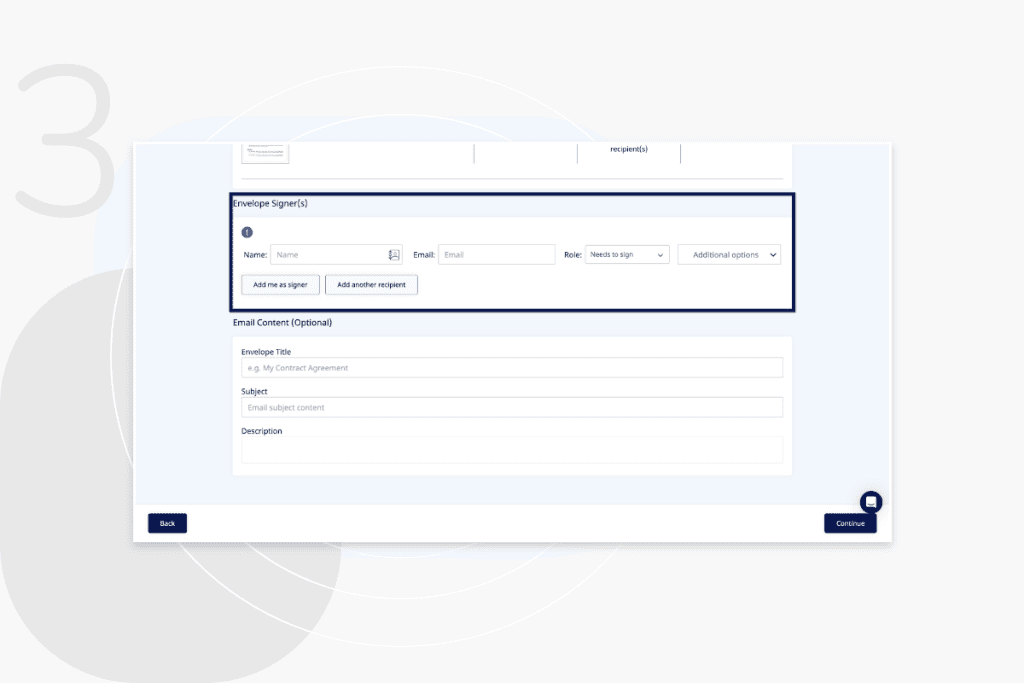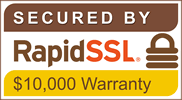Home | News & Insights |
How to Sign a Document Electronically
Laura Cain
Marketing & Brand Manager
PUBLISHED
28th May, 2024
Signing a document electronically rather than in paper format is a much faster and more convenient way to complete contracts, forms, agreements and other important documents within your organisation. However, if you’re new to digital signature technology you might not be aware of the process. Therefore, we have created this simple guide to help provide new users with the steps they need to follow in order to successfully eSign their documents.
First, What is an Electronic Signature?
An eSignature is data in a digital format that confirms a signer’s intent to agree to and sign a document. Digital signatures can come in different forms depending on the type of signature being used and the document that is expected to be signed. For example, a basic signature can be as simple as ticking a checkbox to confirm your agreement, digitally drawing a signature, or typing it.
This signature type shares the most similarities with a handwritten signature as it does not require any security criteria or identity verification to be met. You are simply adding your signature digitally instead of handwriting it. Whereas both advanced and qualified signatures do have additional requirements. In order for the eSignature to meet the relevant standards and regulations for a legally binding and secure signature.
Even though basic electronic signatures can be considered as legally binding in some instances, most organisations use advanced or qualified signatures in their documents for the increased protection, legal validity, and traceability they provide.
How to Electronically Sign a Document with eSign
The eSign platform is designed to make signing and sending digital documents as straightforward and efficient as possible. Follow the steps below to easily add your digital signature to a document from anywhere, at any time.
Step 1

The first step in the process to sign a new document is to click the ‘Get Started’ button in the eSign dashboard after logging in. Alternatively, if you want to sign a document you have already uploaded, you can do so using the ‘Library’ option.
Step 2

Next upload your chosen document(s) to be signed using one of our six upload options: Library, Template, Your device, Dropbox, Google Drive, or One Drive.
Step 3

Once you have uploaded your document, you will need to enter the details of the individual who is required to sign it into the dedicated fields as directed. If more than one person is required to sign the document, you can simply select the ‘Add another signer’ option and fill in their details. You can also choose to add yourself as a signer.
If the document has multiple signers and needs to be signed in a specific order, you can implement that by choosing the ‘Use sequential signing’ option. The order of names entered into each numbered box will dictate the way in which the documents will be sent to your recipients for signing.
Step 4

After adding the signer’s details you will then have the option to attach any relevant literature for your recipient as part of the notification email. The main part of your email body should be added in the description box, allowing you to include any specific requirements you need from the recipient when they fill in the document.
Step 5

During this step you will have the ability to place the signature placement field (as well as any other required fields) where you want it on the document. You can switch between each signature and position in a specific area by clicking and highlighting.
Once you have highlighted the signer’s name, drag and drop the signature field into the correct place. Each signer will have their own highlighted colour to ensure that you can easily distinguish between them.
Step 6

Review the document and the recipients, and once you’re happy click ‘Confirm and Send’.
Step 7

If you also need to sign the document, click the link in your email and you will be shown the document ready for signature within eSign. Select the ‘Click here to sign’ option to add your signature.
Step 8

Add your signature to the document and wait for the co-signers to do the same. You will be notified when each person has signed the document.
Why Should you eSign a Document?
There are a number of benefits to using templates, whether you create your own or select a pre-built option.
Are Electronic Signatures Legally Binding?
Yes, electronic signatures are legal in the UK and in many other countries around the world. eSign complies with the Electronic Communications Act 2000 and the UK eIDAS regulation to provide secure and legally binding digital signature services to our users. Additionally, our document solutions are fully compliant with other eSignature laws internationally such as the Electronic Signatures in Global and National Commerce (ESIGN) Act and the Uniform Electronic Transactions Act (UETA). Both of which are applicable in the United States.
Can any Document be Signed Electronically?
Businesses often use a wide range of different types of documents during their daily processes and transactions. Therefore, as well as knowing how to sign a document electronically, it’s important that you have the ability to sign the document.
eSign is a versatile platform that enables pretty much any type of electronic document to be signed, whether it is a word document, a PDF, or in any other format. It’s a quicker and easier way to get consent or approval on various types of electronic documents or forms.
What can eSign be Used for?
eSign’s digital solutions can be used to sign many different types of documents including but not limited to:
- Sales contracts
- Purchasing orders
- Employment contracts and onboarding documents
- Business proposals
- Tenancy agreements
- Digital prescriptions
- Internal compliance
- Expense reporting
eSign users can access our range of pre-built templates to help speed up their document transactions. Alternatively you can upload your own template to the platform to easily reuse and tailor to the specific details of each recipient. Templates can save organisations a significant amount of time and resources on document creation. As well as improving accuracy to ensure that any important legal information is included for the validity of the document.
Conclusion
Now that you have a better understanding of the simple steps involved in signing a document through eSign, why not try the platform for yourself? We offer a 14-day free trial that allows you to gain real-life experience using the eSign features to see how they can benefit your organisation.
Our pricing plans are designed to meet the specific requirements of the businesses we work with, ensuring you receive a bespoke solution that overcomes all the document challenges you’re currently facing. We also work with organisations of any size from SMEs to large-scale enterprises, giving us a unique insight into each type of challenge and allowing us to provide the right systems to overcome them.
Contact us today if you have any questions or queries and our team of specialists will be on hand to help you start your digital transformation.
 Facebook
Facebook
 X (Twitter)
X (Twitter)
 LinkedIn
LinkedIn











